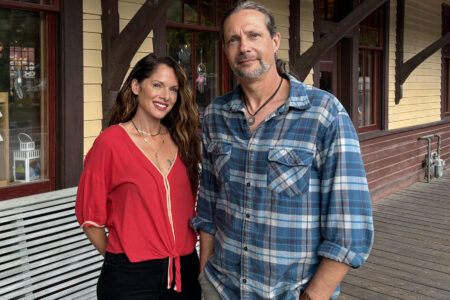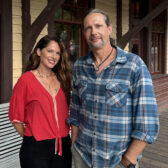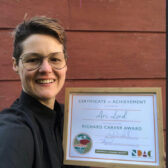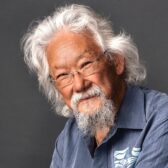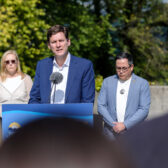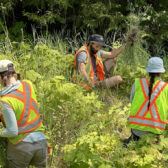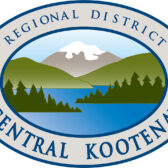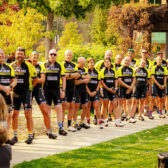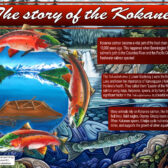Soccer association looks to add artificial turf surface to city’s roster
An honest pitch is being made for an artificial turf soccer field up at Selkirk College.
A trio representing the Nelson and Youth Soccer Association (NYSA) on the turf field initiative kicked their idea to city council on Monday night during its committee of the whole meeting.
With the successful financing, acquisition and operation of the indoor soccer facility now well in hand, NYSA was able to turn its attention to its ambition to have an artificial turf field developed in Nelson.
“This project has been on our long term strategic planning for some time,” said NYSA member Kerry Dyck.
NYSA is seeking the involvement and political support of the city, and where possible, the financial support, although no dollar figure was suggested.
The association looked to identify possible locations in and around the city for the construction of the field, but two locations became obvious: Mary Hall field at the Selkirk College 10th Street Campus and the L.V. Rogers Secondary School field.
However, initial engineering opinion suggested the LVR field was not suitable. Instead, NYSA has had preliminary discussions with Selkirk College.
“And, within the proper parameters, they are very interested in this venture,” said Dyck. “However, NYSA is very open to other possible locations that stakeholders may suggest.”
Although it is Nelson Youth Soccer with the vision — and perhaps organizational strength — to initiate and direct this concept, the field is not strictly about soccer.
“Rather, this facility, if built, would be of significant benefit to the broader community and a wide range of entities and groups,” said Dyck.
Any sporting organization in town that uses a field would benefit — including rugby, baseball/softball, ultimate frisbee, field hockey, the school district and Selkirk College.
“A turf field would provide both additional field space, but also a field that could used earlier and later in the year, expanding the playing season,” he added.
An artificial field would enable the NYSA holding or attracting larger tournaments and events, bringing an increase in tourist revenue to the city.
“Such a facility will make Selkirk College more attractive to prospective students, because of the high quality facilities the institution has to offer,” said Dyck.
The field could take the pressure off of the grass fields at Lakeside Park, he said, particularly during inclement weather, reducing the damage to the grass fields.
Dyck also added that the field would allow field sport organizations to expand their season, starting earlier in the year and ending later, playing during times when the Lakeside fields are not open, including during field closures for rain.
Museum looks for cash for project
The city’s museum society is asking the city itself for $25,000 in order to develop a new storage site in the basement of a nearby building.
Ken Watson, president of the board, and Linda Sawchyn, interim executive director at
Touchstones Nelson, asked city council during last Monday’s meeting to fund the move of the museum’s collection stored at Anderson Street to the Gray Building — located next door to the museum.
The matter was referred to city staff for consideration at an upcoming business meeting for city council.
The 402 Anderson facility arose from a 1967 centennial project and was a joint venture between the museum society and the city.
The city agreed to purchase the vacant land for which the museum co-signed the bank loan, and the society raised funds and provided labour and material to construct the building.
Now with the museum located in the old city hall building on Ward and Vernon, the city wishes to gain full possession of the old museum site. But the society still retains a sizable collection at the Anderson site.
However, Touchstones has arranged for a lease of a portion of the Gray Building basement known as the bunker. It has historical value as it was built in the Cold War era as a safe place for certain leading officials to ride out a nuclear war and still contains the remnants of those times.
The city holds a museum storage fund for the museum that now sits at $255,000.
As it now sits, the city and society have arranged a three-way lease with the owners of the Gray Building. This arrangement will result in the city receiving the full fund of $255,000 plus the return of the Anderson building for its own use, including sale, said Watson.
The relocation to the bunker requires additional funds to leverage grants such as the Canada 150 grant for new shelving for the bunker.



